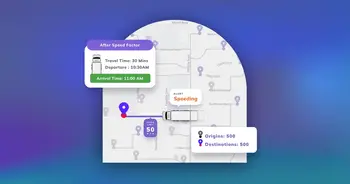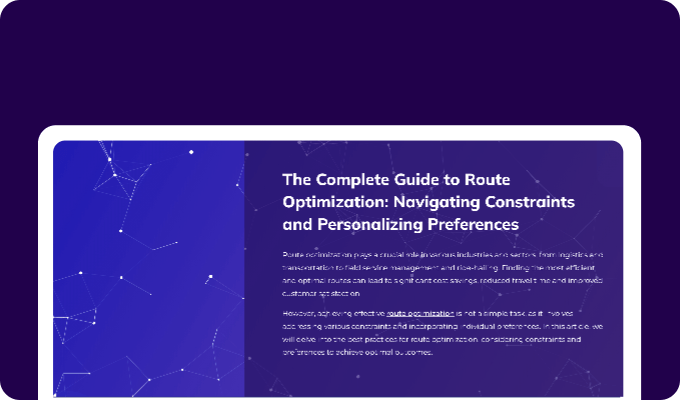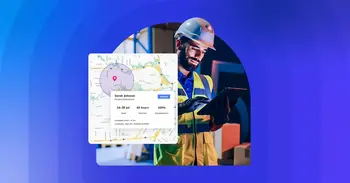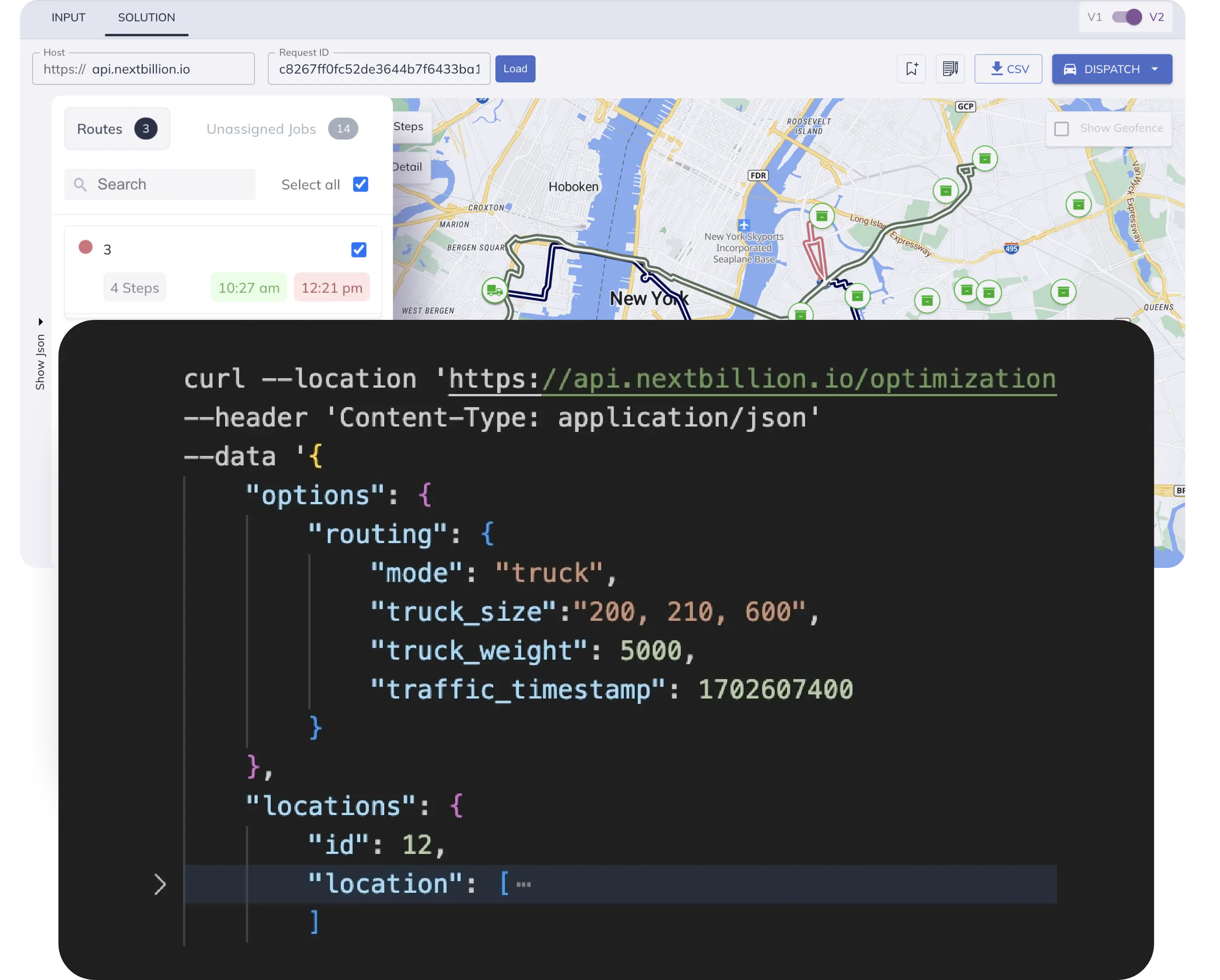Google Cloud Fleet Routing (CFR) is a major player in logistics, dominating the market. Despite its strengths, though, it might not be the best fit for large-scale enterprises. In fact, many such CFR users are seeking better options. Let’s explore why.
5 Reasons Why Google CFR Isn’t Right for Enterprise Logistics
Suboptimal Routing Efficiency
User reports and benchmarking exercises have established that Google CFR’s routing efficiency can often be subpar and not by a small margin. Results show that CFR frequently generates route plans that take over 50% more time and/or distance compared to higher-performing alternatives like NextBillion.ai’s Route Optimization API.
This is, without a doubt, Google CFR’s biggest weakness. Though route optimization solutions serve many functions, performing poorly at the primary one — route optimization itself — is a cardinal sin. Opting for CFR might mean sacrificing efficiency, potentially leaving money on the table due to ineffective asset utilization. Suboptimal routes cause inefficiencies, increased operational costs, longer delivery times and potential customer dissatisfaction. These are compromises nobody wants to make, let alone billion-dollar enterprises.
Absence of Truck Routing
CFR’s inability to support truck-specific routing is a huge omission. Large organizations often have middle-mile and other truck-related use cases, not just last-mile deliveries with cars. Truck routing involves intricacies not applicable to traditional car routing, like customized routes for different truck types and driver safety regulations, handling diverse load capacities and navigating specific road restrictions according to truck size, weight and type of cargo.
The platform’s inability to address such trucking specificities makes it somewhat unidimensional — and it’s not on the dimension of enterprise logistics. CFR primarily caters to last-mile scenarios involving conventional cars, leaving a crucial gap for larger enterprises that require a more comprehensive solution.
Supply Chain Complexity
Building on the theme of ignoring the first- and middle-mile aspects of logistics, CFR lacks the sophistication required to handle the dynamics of supply chain optimization in larger enterprise operations. For instance, it won’t let you designate something as basic as a depot! Is it possible to get the best results from a solution that ignores such a core concept in enterprise logistics?
That’s not all. CFR fails to offer custom objective functions like minimizing vehicles used, lowering transportation costs, ensuring equitable task distribution and maximizing on-time deliveries. It also does not support zone-based allocation or complex task sequencing. Such inflexibility restricts users from tailoring the optimization process to suit their needs. In the context of today’s elaborate supply chains, that’s a severe handicap.
Pricing Rigidity
Speaking of inflexibility, Google CFR’s fixed pricing model can be a challenge for large organizations with differing business models, usage patterns and evolving operational requirements. Rigid pricing that doesn’t account for these kinds of variances makes it difficult for companies to accurately forecast costs, and nothing good ever comes of that.
With NextBillion.ai, on the other hand, you’ll find that flexibility is one of our defining characteristics, and that holds true for pricing as well. We bring a more nuanced approach to the conversation, allowing customers to choose between asset-based pricing and usage-based pricing to align with their operational and financial needs.
Poor Customer Support
Route optimization solutions generally don’t make for the best DIY products. Most customers would require technical support during the implementation phase, except in the simplest of use cases. Even after successful integration into the tech stack, solutions can sometimes fail to deliver on expectations due to poor adoption. This can be avoided with high-quality support that proactively eliminates hindrances for users.
It’s no secret that Google CFR customers frequently face difficulties getting any level of support for their problems, let alone the kind of close attention that such complex solutions demand. Meanwhile, NextBillion.ai’s support team is one of our greatest strengths. Our customers rave about it, and we have the credentials to back up our confidence.
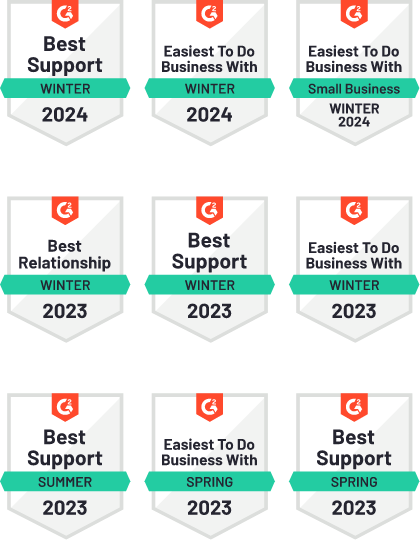
Selecting a route optimization solution takes meticulous consideration to align with both current requirements and future scalability. While CFR may work for certain scenarios, its practical limitations become apparent when dealing with the complex needs of larger enterprises. From the absence of critical features in logistics optimization to challenges in customer support and pricing rigidity, enterprises exploring comprehensive route optimization solutions may find more fitting alternatives in platforms that offer advanced technical capabilities, such as NextBillion.ai.
Which is the right fit for you?
Don’t make a decision before seeing our Route Optimization API in action!

